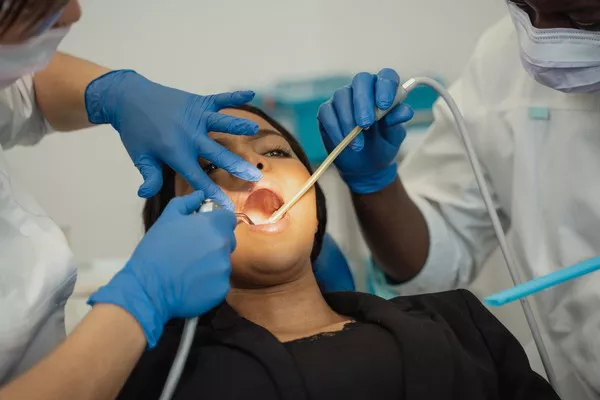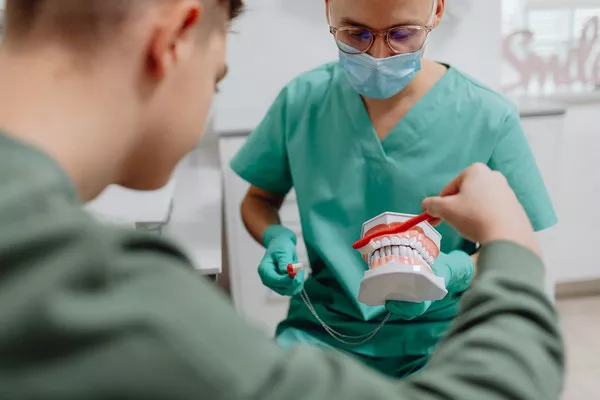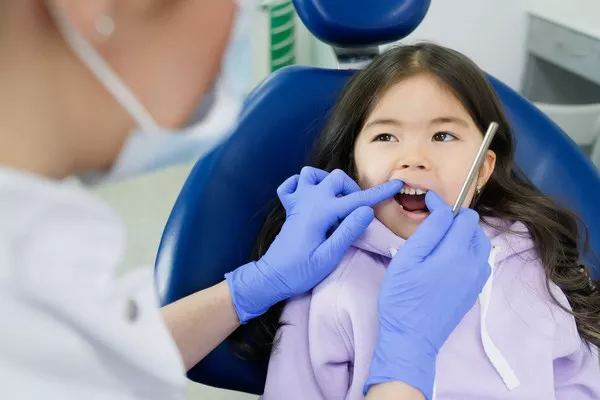Braces are a common orthodontic treatment used to correct misaligned teeth and bite issues, resulting in improved oral health and aesthetics. However, the cost of braces can vary depending on various factors. This article provides comprehensive information on the average cost range of different types of braces, factors affecting cost, insurance coverage, payment plans, additional expenses, cost comparison, and the long-term value of investing in braces.
Average Cost Range
The cost of braces can vary depending on the type of braces chosen and the complexity of the individual’s dental issues. Here is a general range of costs for different types of braces:
- Traditional Metal Braces: $3,000 – $7,000
- Ceramic Braces: $4,000 – $8,000
- Lingual Braces: $8,000 – $10,000
- Clear Aligners (e.g., Invisalign): $3,000 – $8,000
It’s important to note that these are approximate costs, and the actual cost may vary based on factors such as geographic location, the orthodontist’s experience, and the length of treatment required.
Factors Affecting Cost
Several factors can influence the cost of braces:
Complexity of Dental Issues: The severity of misalignment or bite issues will impact the complexity of treatment and, consequently, the cost of braces.
Length of Treatment: Longer treatment durations may require more frequent adjustments and follow-up visits, leading to higher overall costs.
Geographic Location: The cost of living and market demand for orthodontic services in a particular area can affect the price of braces.
Orthodontist’s Experience: Orthodontists with more experience or specialized training may charge higher fees for their services.
see also: Is Orthodontics Covered By Medicare
Insurance Coverage
Dental insurance may cover a portion of the cost of braces, especially for orthodontic treatment deemed medically necessary. However, coverage can vary widely depending on the insurance plan and specific policy terms. Patients should review their insurance coverage and understand what is included and what out-of-pocket expenses they can expect.
Payment Plans
Many orthodontic practices offer payment plans or financing options to make braces more affordable for patients. These plans may allow patients to spread the cost of treatment over time through monthly installments, often with low or no interest rates. Patients should inquire about payment options when consulting with an orthodontist to determine the best financial arrangement for their needs.
Additional Expenses
In addition to the cost of braces, patients should budget for potential additional expenses, including:
Initial Consultations: Some orthodontic practices charge a fee for initial consultations to assess the patient’s dental needs and discuss treatment options.
Follow-Up Visits: Regular follow-up visits are necessary to monitor progress and make adjustments to the braces as needed.
X-Rays: Orthodontic treatment often requires x-rays to assess the position of the teeth and underlying bone structure.
Dental Work: Patients may require additional dental work, such as extractions or fillings, before starting orthodontic treatment, which can incur additional costs.
Cost Comparison
When considering different braces options, it’s essential to compare the costs and benefits of each:
Traditional Metal Braces: While typically the most affordable option, metal braces are also the most noticeable.
Ceramic Braces: Ceramic braces are less visible than metal braces but may be more expensive.
Lingual Braces: Lingual braces are placed on the back of the teeth, making them virtually invisible but also more costly.
Clear Aligners: Clear aligners offer a discreet option for straightening teeth but may have similar costs to ceramic braces.
see also: How Orthodontic Elastics Work
Long-Term Value
Investing in braces is not just about achieving a straighter smile; it’s also an investment in long-term oral health and aesthetics. Benefits of braces include improved bite alignment, reduced risk of dental issues such as cavities and gum disease, and enhanced self-confidence and quality of life. While the upfront cost of braces may seem significant, the long-term value they provide can justify the investment.
Conclusion
The cost of braces can vary depending on several factors, including the type of braces chosen, the complexity of dental issues, geographic location, and insurance coverage. By understanding the average cost range of different braces options, considering factors that affect cost, exploring insurance coverage and payment options, budgeting for additional expenses, comparing the costs and benefits of different braces options, and recognizing the long-term value of investing in braces for improved oral health and aesthetics, patients can make informed decisions about their orthodontic treatment. Consulting with an experienced orthodontist is essential for developing a personalized treatment plan that meets individual needs and financial considerations. With proper planning and guidance, achieving a straighter, healthier smile with braces is within reach f
FAQs About Braces
1. What is the cheapest type of braces?
The cost of braces can vary depending on factors such as the type of braces, the complexity of the case, and the location of the orthodontic practice. Generally, traditional metal braces tend to be the most affordable option compared to alternatives such as ceramic braces or clear aligners like Invisalign. However, it’s essential to consult with an orthodontist to determine the most suitable treatment option based on your specific needs and budget.
2. Are braces worth the money?
The decision to get braces is a personal one that depends on various factors, including the alignment of your teeth, your bite, and your overall oral health goals. While braces can be a significant investment, they offer numerous benefits beyond just aesthetics, including improved oral hygiene, better bite function, and reduced risk of dental problems in the long term. Many people find that the benefits of braces far outweigh the cost, leading to improved confidence and overall well-being.
3. Do braces make kissing harder?
Braces may take some getting used to, and initially, they may cause minor discomfort or sensitivity. However, once you become accustomed to wearing braces, they should not significantly impact your ability to kiss. Some people may find that braces make kissing slightly different or require adjustments in technique, but with patience and communication, kissing can remain enjoyable and fulfilling.
4. Can I put braces at 30?
Yes, it is possible to get braces as an adult, including at the age of 30 or older. Orthodontic treatment is not limited by age, and many adults choose to undergo braces treatment to correct misaligned teeth, improve their bite, and enhance their smile. While the duration of treatment may be longer for adults compared to children or teenagers, advancements in orthodontic technology have made braces more comfortable and discreet than ever before. If you’re considering braces as an adult, schedule a consultation with an orthodontist to discuss your options and develop a personalized treatment plan.
You Might Be Interested In






























